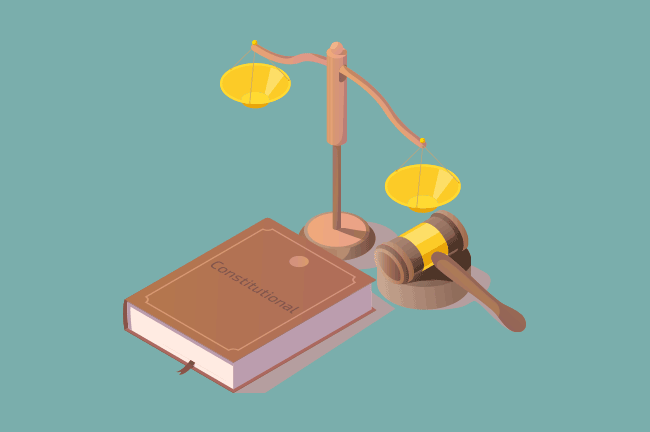If you are a small business owner, there is a good chance that at some point you will consider suing someone to recover a debt, seek damages for a breach of contract or to resolve an employment dispute.
If you are considering commencing a legal action, it is important to understand the basic procedures involved. We set out below a step by step guide to commencing legal action and provide some insight into the litigation process.
Initial Considerations
It is not enough to believe you have been wronged in order to commence a legal action. You must have a cause of action or a right to seek legal redress against another party. A cause of action can arise from either a law passed by parliament or the common law.
Even if you have a valid cause of action, you have to be able to prove your case with evidence. Consideration should be given as to what documents or witness statements you can provide to support your claim and whether that evidence is likely to be believed.
Legal proceedings have to be commenced within a certain period of time (known as a limitation period) otherwise there is a risk that your right to bring a claim might become barred. Consideration should be given to the particular limitation period which applies to your claim.
Parties
The party who commences the proceedings is known as the plaintiff. The person against whom the action is brought is known as the defendant.
There can be more than one plaintiff or one defendant to a legal action. If so, those additional parties are referred to as the second plaintiff or second defendant and so on.
The stages of legal proceedings commenced in a Court
A legal action will generally proceed along the lines set out below.
Making a claim
Legal proceedings are commenced by a plaintiff against a defendant by a plaintiff filing a claim in Court. The document commencing legal proceedings is known as an originating process (such as a Statement of Claim or Summons). An originating process contains all the key allegations made by the plaintiff against the defendant. A filing fee is payable on filing an originating process.
Service of the claim on the defendant
Once the originating process is filed, a plaintiff must serve the document on the defendant. This ensures the defendant is aware of the claim.
Defence
A defendant is provided a period of time within which to file a defence to the plaintiff’s claim (usually within 28 days of service of the originating process). In its defence, a defendant is entitled to set out the reasons why the plaintiff’s claim should not succeed.
Preparing the claim for hearing
Following the service of the defence, the matter will generally be listed in Court to allow orders to be made setting out the steps that need to be taken by the parties to prepare the matter for hearing. The orders made by the Court might include directions as to the disclosure of documents relevant to the claim by the parties, preparation and service of evidence and setting a date for the final hearing.
Trial/hearing
If a case proceeds to hearing, the parties are given the opportunity to present their case and their supporting evidence. At the conclusion of the hearing, a judge or magistrate may make a decision and provide their judgment on the spot. Otherwise, judgment might be reserved and a written decision handed down at a later time.
Conclusion
Starting a legal action in Court is a serious step and can have significant financial consequences. This article contains general comments about the litigation process. If you intend to commence a legal action you should first get legal advice and assistance from an experienced lawyer.
[ls_content_block id=”1897″]

